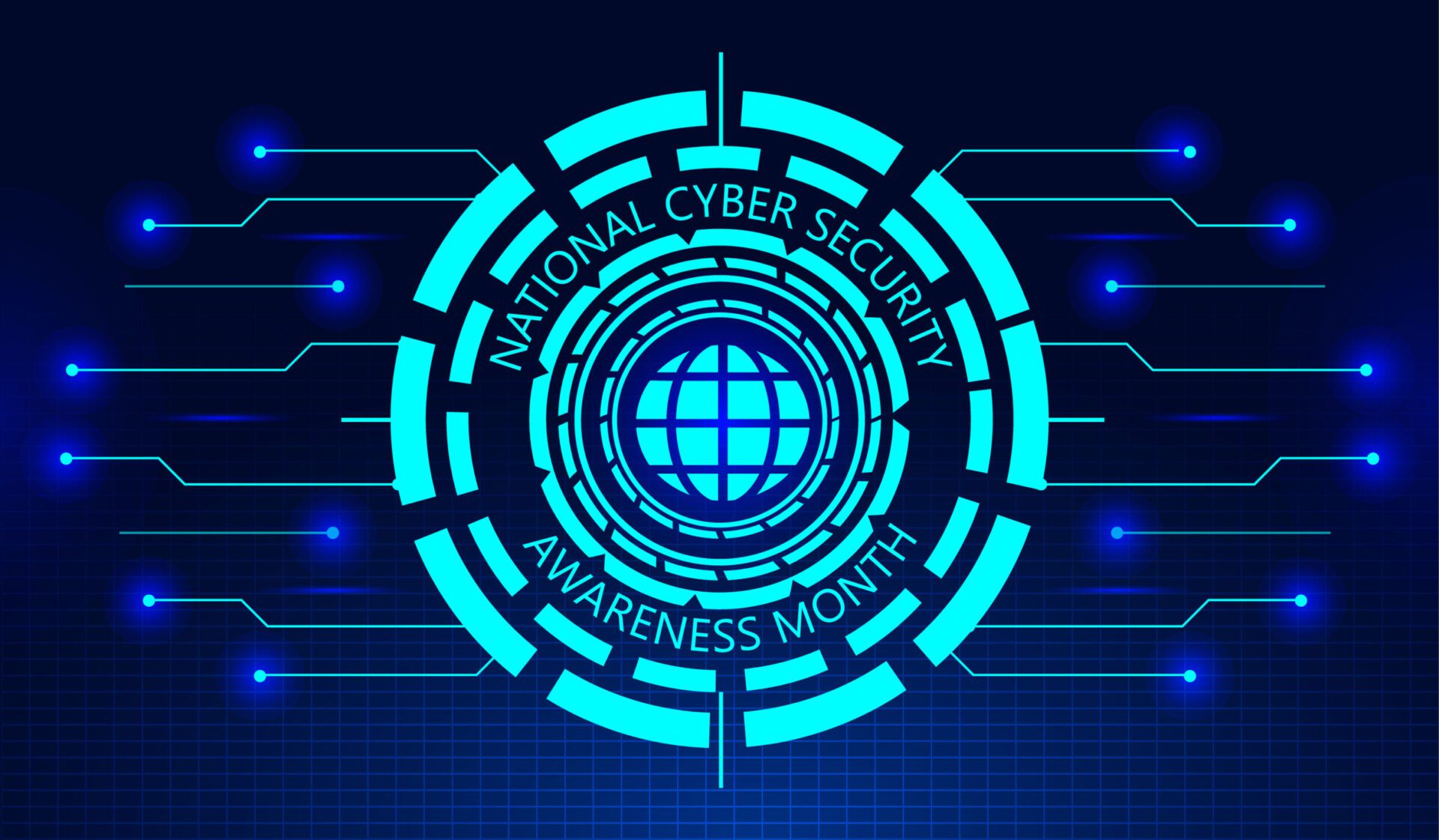
It’s not always easy to come up with new ways to promote cybersecurity among your employees. So, when an opportunity like National Cybersecurity Awareness Month (NCSAM) comes around it gives you a great opportunity to revisit the topic.
IT security should be an ongoing priority for any Houston business because just one successful phishing attack or account breach can mean serious downtime costs.
Downtime can cost a small business over $10,000 per hour.
Employees are on the front line when it comes to phishing emails and data security. The more they know about cybersecurity best practices, the better protected your business will be.
This year’s National Cybersecurity Awareness Month is focused on device security, including computers, mobile devices, and IoT devices. We’ve gone through several of the resources offered and put together ideas that you can use to promote cybersecurity this month, and year-round.
It’s easy for employees to fall into the habit of thinking that IT security is “someone else’s job,” such as an administrator or the IT team. And while a company may have expert IT services, it’s still up to each employee to do their part.
Use the theme of National Cybersecurity Awareness Month to remind employees that you’re all in this together and that every person has a responsibility to follow best practices for cybersecurity.
The NSCAM theme is: “Do Your Part. #BeCyberSmart.”
Use this on posters, internal team communications, and in other ways to promote personal responsibility for device and data security.
Many Houston businesses have employees working from home either full-time or part-time. This means that work data is being transmitted over the same network that many other personal home internet devices are connected to.
It’s important for remote employees to understand security risks and work to adopt good cybersecurity practices when working from home.
Use the National Cybersecurity Awareness Month tip sheet for protecting a digital home as a handout to remote employees. You can download it here.
Some of the tips provided for better security at home are:
Another helpful tip sheet you can download and share with employees is a reminder of best practices when it comes to their cybersecurity at work.
Large-scale data breach incidents and malware infections are often tracked down to just one small thing, such as a click on a phishing email link that sets off a regrettable chain of events.
Employees can’t let their guard down when it comes to cybersecurity best practices, because all it takes is one moment of weakness for a major incident to happen.
Best practices to stress include:
One of the biggest security risks in an office or home is IoT devices. From smart voice speakers to cloud-based security cameras, these devices are multiplying fast, but security hasn’t been keeping up.
The average amount of time it takes for an IoT device to be attacked after being connected to the internet is just 5 minutes.
Offices don’t always include IoT security in their employee awareness training, so using another free tip sheet from National Cybersecurity Awareness Month can give you the chance to add this important topic to your ongoing training.
Some of the standard best practices for securing IoT devices include:
The holidays are coming up, and more employees may be traveling. It’s important that they understand mobile device security best practices to ensure they’re not doing things like logging into a company email account while on an unsecured connection to a public Wi-Fi.
Some of the best practices for mobile device security while traveling (and anytime) include:
Here’s a tip sheet on cybersecurity while traveling that you can download and share.
We offer several services that can backstop your employees with automated protections and significantly boost your cybersecurity.
Contact us today to schedule a consultation. Call 713-965-7200 or reach us online.